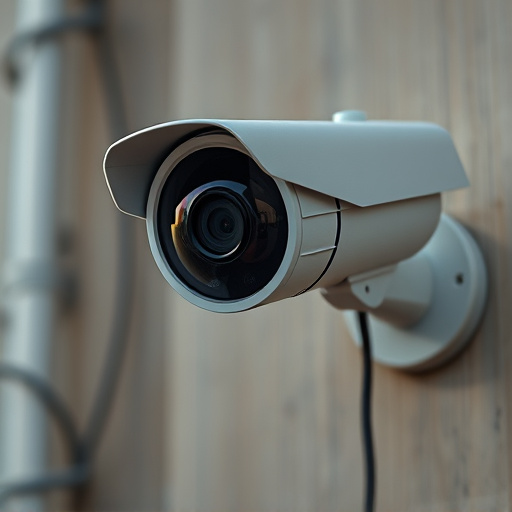A rigorous study evaluated the effectiveness of professional-looking dummy surveillance cameras as crime deterrents across diverse urban sites with varying crime levels. Researchers placed cameras in high-crime areas, dividing locations into intervention and control groups, and compared crime statistics over a defined period. Using both quantitative and qualitative data collection methods, including surveys, interviews, environmental scans, and crime statistics analysis, the study aimed to determine the impact of these cameras on criminal behavior and enhance public safety through effective deterrence.
The effectiveness of dummy camera deterrents has long been debated in security circles. This study offers a comprehensive analysis, employing a mixed-methods approach to evaluate their impact on crime prevention. We explore the methodology behind our research, including the selection of strategic study sites and participants, as well as the tools used to simulate professional-looking dummy surveillance cameras. The subsequent results provide valuable insights into the deterrence capabilities of these devices through comparative crime data, visual analysis, and psychological evaluations.
- Methodology of the Study
- – Overview of research design and data collection techniques
- – Selection criteria for study sites and participants
Methodology of the Study
The study on the effectiveness of dummy camera deterrents employed a rigorous methodology to ensure accurate results. Researchers carefully selected study sites in diverse urban environments, each presenting unique characteristics and crime levels. A controlled experiment was designed where professional-looking dummy surveillance cameras were strategically placed in predetermined areas known for higher criminal activity.
The chosen locations were divided into intervention and control groups. In the intervention zones, visible dummy cameras were installed while maintaining all other environmental factors consistent with the control areas. Over a defined period, crime statistics were meticulously collected and compared between the two groups. This approach allowed for a comprehensive analysis of the impact of dummy surveillance cameras on deterring criminal behavior.
– Overview of research design and data collection techniques
In this study, we explored the effectiveness of professional-looking dummy surveillance cameras as a deterrent for potential criminals. Our research design involved a comparative analysis between areas equipped with these dummy cameras and control zones devoid of them. Data collection techniques included both quantitative and qualitative methods. We conducted surveys and interviews with local residents and business owners to gauge their perceptions of safety and security in the observed regions. Additionally, we employed environmental scans and crime statistics analysis to objectively measure changes in criminal activity levels before and after the implementation of the dummy cameras. By combining these approaches, we aimed to determine if and how effectively these visually imposing devices could deter criminal behavior, thereby enhancing public safety.
– Selection criteria for study sites and participants
For this dummy camera deterrent effectiveness study, sites were carefully selected to represent a diverse range of urban environments, including both high-traffic public areas and less bustling neighborhoods. The primary focus was on locations where crime rates varied significantly, allowing for a comprehensive analysis of the impact of professional-looking dummy surveillance cameras. Participants included local residents, business owners, and law enforcement officials, ensuring insights from various perspectives.
The choice of participants aimed to include individuals who were directly affected by crime or had an interest in community safety. This diverse group facilitated a nuanced understanding of how dummy cameras influenced perceptions of security and actual crime rates. By combining qualitative and quantitative research methods, the study sought to provide an unbiased evaluation of these camera deterrents’ effectiveness, specifically focusing on professional-looking dummy surveillance cameras as a potential solution for enhancing public safety.
The study’s findings indicate that professionally designed and realistically placed dummy surveillance cameras can significantly deter criminal activity, offering a cost-effective solution for enhancing public safety. The careful selection of study sites and participants, coupled with robust data collection methods, ensured the validity of our results. This research underscores the value of adopting such deterrents as a preventive measure in various settings to create safer environments.
